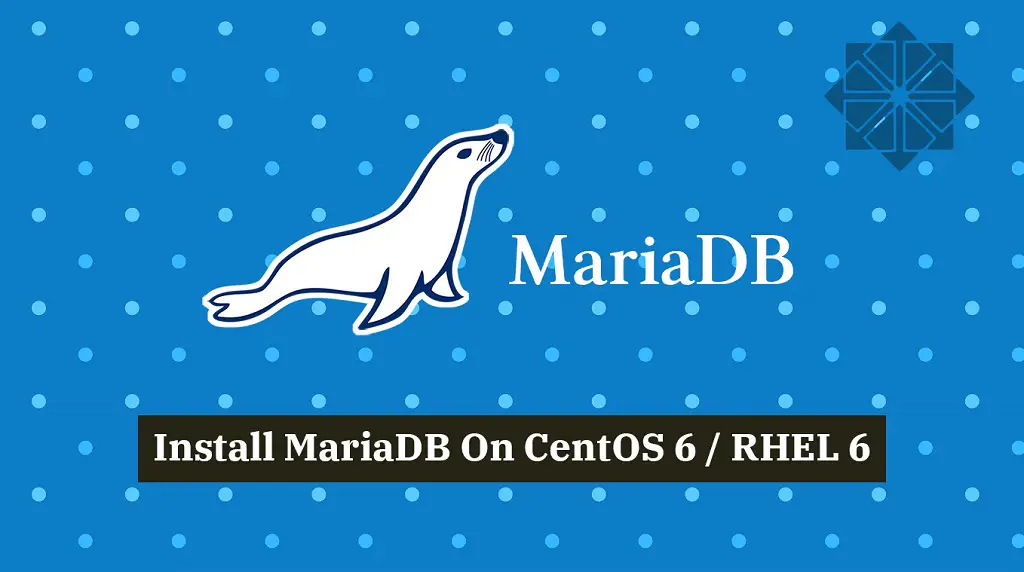

This is intended only for testing, and to make the installation To log into MariaDB without having to have a user account created for Root user without the proper authorisation.īy default, a MariaDB installation has an anonymous user, allowing anyone Setting the root password ensures that nobody can log into the MariaDB OK, successfully used password, moving on.

You haven't set the root password yet, the password will be blank,Įnter current password for root (enter for none): In order to log into MariaDB to secure it, we'll need the current SERVERS IN PRODUCTION USE! PLEASE READ EACH STEP CAREFULLY! NOTE: RUNNING ALL PARTS OF THIS SCRIPT IS RECOMMENDED FOR ALL MariaDB Once the service is started, run the command mysql_secure_installation to harden MariaDB database server security. Step 3: Configure MariaDB on CentOS 8|RHEL 8|Rocky Linux 8Īctivate the mariadb service using the command below: sudo systemctl enable -now mariadb Summary : The MariaDB server and related files License : GPLv2 with exceptions and LGPLv2 and BSD The mariadb package is available in the AppStream repository and can be installed by running the command: sudo dnf module install mariadbĬonfirm installation using y Transaction SummaryĬonfirm the version of MariaDB installed $ rpm -qi mariadb-server

Update your RHEL 8 based system: sudo dnf -y update Step 2: Install MariaDB on CentOS 8|RHEL 8|Rocky Linux 8 Step 1: Update your CentOS 8|RHEL 8|Rocky Linux 8 system Storage-engine independent column compression Install MariaDB on CentOS 8|RHEL 8|Rocky Linux 8įollow the steps below to install and configure MariaDB 10.x on CentOS 8|RHEL 8|Rocky Linux 8.MariaDB Galera Cluster, a synchronous multi-master cluster, is now a standard part of MariaDB.InnoDB is used as the default storage engine instead of XtraDB.MariaDB 10.x available in RHEL 8 provides numerous new features over 5.5 available in RHEL 7.


 0 kommentar(er)
0 kommentar(er)
